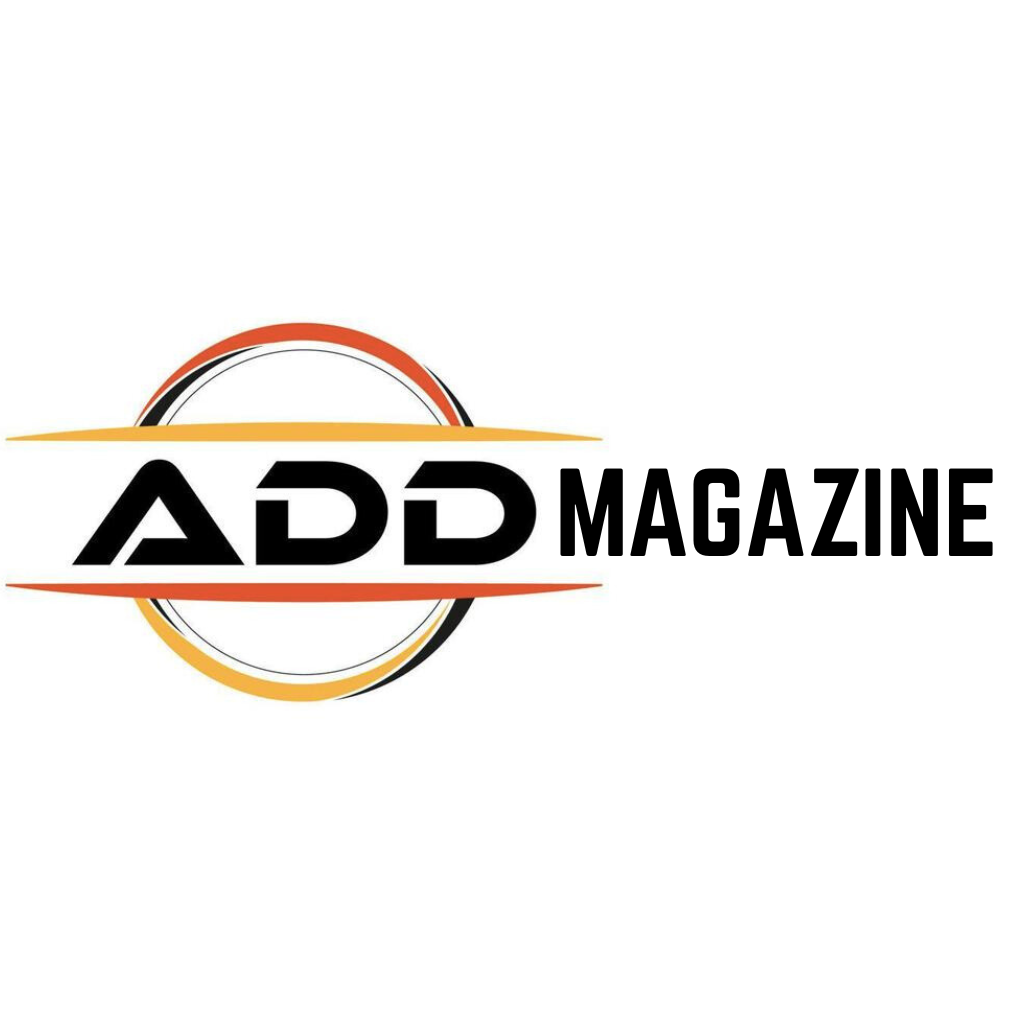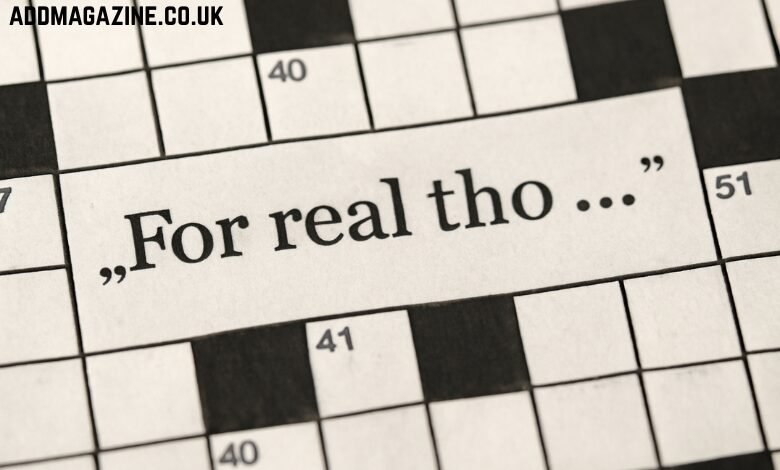When you’re working through a crossword puzzle and come across a clue like “For real tho …”, it might throw you off a little. It’s informal. It mimics conversational speech rather than more traditional puzzle‑language. But that’s part of the fun. This clue asks the solver to think in the register of casual, everyday language, and to translate that into a short answer that fits the grid. We’ll explore what the clue means, how it’s typically solved, things to watch out for, and how it fits in a broader puzzle‑solving strategy.
What the clue is asking
At first glance, “For real tho …” is a phrase someone might say in conversation — “For real though…” meaning something like “seriously now,” “I’m being honest,” “you know what I mean.” In the crossword context, the clue invites an answer that captures the sentiment of sincerity, emphasis, or truth‑telling in informal speech.
Because the phrasing is casual, you should expect the answer also to lean casual rather than formal. It might be an acronym, slang, or a short phrase someone might type or say in a message rather than in formal writing.
How to approach solving it
Here are some practical steps:
- Note the answer length
First things first: check how many letters the entry has. If it’s 3 letters, you’re likely looking at a texting or internet abbreviation. If 5, 7, 8 letters, perhaps a full word or phrase. - Think conversationally
Ask yourself: what would someone say after “For real though…”? In everyday speech: “I mean it,” “seriously,” “honestly,” “no lie,” “no cap,” etc. One of these may fit depending on length. - Crosses matter
Once you have some letters from crossing entries, plug them into your candidate list. For example if you have _ B H and it’s 3 letters, that strongly suggests “TBH.” If you have N O L I E for 5 letters, then “NOLIE” (no lie) is plausible. - Check tense and register
Is the puzzle’s tone leaning modern (texting/internet slang) or more traditional? If it’s a themed or contemporary puzzle you might expect internet‑style shorthand. In a very formal or older setter puzzle you might expect “SERIOUSLY” or “HONESTLY” instead — though those would need many letters.
Typical answer and why
One strong answer for “For real tho …” is TBH (3 letters).
Why this works:
- “TBH” stands for “to be honest.”
- In conversation you might lead with “For real though…” then say something like: “TBH, I didn’t know that would happen.”
- It matches both the meaning (sincerity, honest statement) and the casual register.
If the grid shows 3 letters and you get crosses T‑‑ or ‑B‑ or ‑‑H, “TBH” becomes the prime candidate.
For longer lengths, other answers might include: “NO LIE” (5 letters separated maybe NOLIE) meaning “I’m not lying,” “SERIOUSLY” (10 letters) meaning “really,” or “HONESTLY” (9 letters) meaning “in truth.” But these depend on size and style.
Variations and what influences them
The exact answer can vary heavily depending on:
- Puzzle setter’s style: Some setters love to use jokes, slang and pop‑culture references. Others stick with safe, standard English. A clue phrased “For real tho …” suggests the setter is going for modern slang.
- Magazine/newspaper audience: A daily newspaper targeting a wide audience might shy from heavy internet slang. A specialty or themed puzzle may include it.
- Crossword grid constraints: Length, crossings, theme of the puzzle will constrain which answer works. Even if “TBH” is ideal in theory, if the grid wants 5 letters with N‑L‑E in there then “NOLIE” may fit better.
- Regional usage: Sometimes newspaper crosswords vary by region (US vs UK) in slang familiarity. “NO CAP” (5 letters) is trending slang in some places meaning “no lie,” but some audiences might not use it.
Thus when you see “For real tho …,” you should run a mini‑check: what’s the length, what letters you know, what tone the whole puzzle has.
Why this clue matters
Including a clue like “For real tho …” in a crossword is interesting for a few reasons:
- It brings everyday speech into the puzzle space. It makes solving feel more connected to how people talk or type, not just formal vocabulary.
- It signals a slight shift in practice: crossword constructors are increasingly comfortable with casual language, texting abbreviations, internet slang. So solvers need to keep that in mind.
- It tests flexibility: you can’t always assume formal language. Solvers need to be aware of abbreviations, acronyms, interplay of tone.
- It offers a small “aha” moment. When you figure out “TBH” (or whatever fits) you recognise it from your own messaging or social media, and that can be satisfying.
Pitfalls to avoid
When tackling this clue type, beware:
- Assuming formal answer: If you ignore the informal tone and go for something like “HONESTLY” but the puzzle length is 3 letters, you’ll hit a dead end.
- Over‑thinking slang you don’t know: Slang evolves quickly. If you’re not sure what “NO CAP” means, it might mislead you. Stick with candidates you’re comfortable with and fit the letters.
- Ignoring crossing letters: Without crossing letters you’re guessing. Even with slang clues, crosses are your anchor.
- Missing theme constraints: Occasionally the puzzle might have a theme (e.g., all slang acronyms, or a social‑media theme). If so, the clue might be skewed to match the theme, and so the answer might be more exotic than “TBH.”
- Mis‑interpreting punctuation: The ellipsis “…” in the clue implies an unfinished thought. That’s a clue itself — the answer is something you’d say after “For real though…”. If you ignore that, you may choose an inappropriate answer.
Solving example
Let’s walk through a hypothetical:
Clue: For real tho … (3)
You have crosses: _ B H
You know the number of letters is 3. You think: what casual acronym ends with B H and means “honestly / seriously”? “TBH” jumps out. You check crosses: T fits the first blank, B the second, H the third. You try “TBH”. Everything fits. You fill it in confidently.
Another variation: clue: For real tho … (5)
Crosses give N _ L I E
You think: “_OLIE.” That suggests “NOLIE” which is slang for “no lie.” That fits the sense of “seriously, no lie.” So you fill NOLIE.
One more: clue: For real tho … (7)
Crosses give I _ M _ A N _
Looks like “IMEANIT” (I MEAN IT). That captures “for real though / I mean it”. So you fill IMEANIT. Even though it’s longer and a full phrase, it fits the tone and length.
Why you’ll start seeing more of these clues
As more people engage with crosswords who are comfortable with texting, internet slang and informal speech, constructors respond. They include more clues that mirror how people talk, how they message, how they emphasise sincerity (“for real though”, “no cap”, “not even kidding”). A clue like “For real tho …” is part of that evolution.
For solvers who grew up with texting and social media, such clues feel natural — a little break from strictly formal vocabulary. For more traditional solvers, it may require a brief shift in thinking.
Strategic advice for you
Given your experience in analytical thinking and working with data (and your habit of assorting detailed work as you do with your research and forecasting), here are three strategic moves to adopt when encountering this kind of clue:
- Scan for register clues: Immediately when you read the clue, ask: formal or informal? If informal words like “tho” or “though” or “…” appear, lean toward casual language answers.
- Build a small slang/abbreviation list: Even keep a simple personal list of short acronyms (TBH, LOL, FYI, NBD, NO CAP) and short phrases (NOLIE, IMEANIT). That way when you see a casual clue you can run through that mental list quickly.
- Use process of elimination with crosses: Because slang and abbreviations can be many but grid constraints are tight, the crossings become even more important. Give weight to the letters you already have. If the crosses don’t align with your candidate, move on quickly.
Broader context: What this tells about your puzzle‑skill
When you successfully tackle “For real tho …” and similar clues, it suggests that your solving skill is becoming more flexible. You’re not only reaching for the standard dictionary‑words but you’re comfortable switching registers, recognising informal language, and applying a broader vocabulary (which includes slang and abbreviations). That adaptability is a good sign: it means your solving style is evolving.
In the same way your work in hydrogels, structural engineering, marketing strategy, or forecasting needs you to switch contexts and think in different registers, crosswords too reward mental flexibility. Recognising that a clue is casual and acting accordingly is part of the growth of your solving ability.
Conclusion
So, when you see the clue “For real tho …” in your next puzzle, you’ll be well prepared. First, note the length. Next, consider the conversational tone. Then, generate possible answers rooted in casual speech: perhaps “TBH,” perhaps “NOLIE,” perhaps “IMEANIT.” Check your crosses. Select the answer that fits both the tone and the grid.
Over time, as you encounter more clues like this, you’ll build confidence—and your solving will become quicker, sharper, and more intuitive. Solving isn’t just about vocabulary—it’s about matching language register, tone, size and crossings. And with clues like this one, that becomes a fun little challenge.




